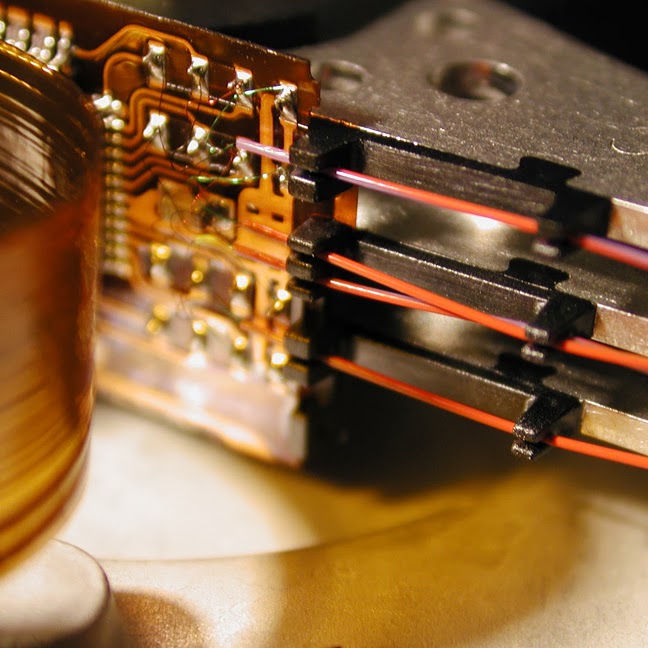- cross-posted to:
- [email protected]
- cross-posted to:
- [email protected]
A Japanese team of researchers are working on a positioning system using muons, which could be used in places where GPS signals can’t be received (such as underwater or underground).
The article discusses many of the challenges and reasons why it currently isn’t ready for practical applications. But it certainly is a very interesting technology.
I think the most amazing part about this is the video at the bottom of the article: Miikshi: Cosmic Rays (4K). The caption calls it a “charming fictional animated video to explain their muon-based systems”. But I cannot emphasize enough how much this undersells it.
It’s like a weird charming mashup between Thunderbirds, Muppets and a real muon science team. You really have to just watch it.
If you had trouble understanding what the muon positioning system from the article might be used for or how it works there is a short explanation from Professor Tanaka at the end of the video.
The approach requires multiple base stations, each in the path of a ray which is detected at both the station and receiver, and the receiver’s position can only be known if there is communication with the stations.
Indeed. It seems this wouldn’t be useful for applications where real-time position is needed. You would most likely do the calculation at a later time like in the Miikshi video. It’s a little confusing from the article, but the video actually does a good job of explaining this limitation.
They say they are working on the real-time calculation, as well as the accuracy. It’s pretty early days for this still, so I imagine quite a few advances to come, and it may well supplement what we have right now, rather than being a standalone navigation system.
It would make sense that eventually you could do both real-time and after-the-fact calculations depending on whether real-time communications is available. Presumably it will depend on the specific application



